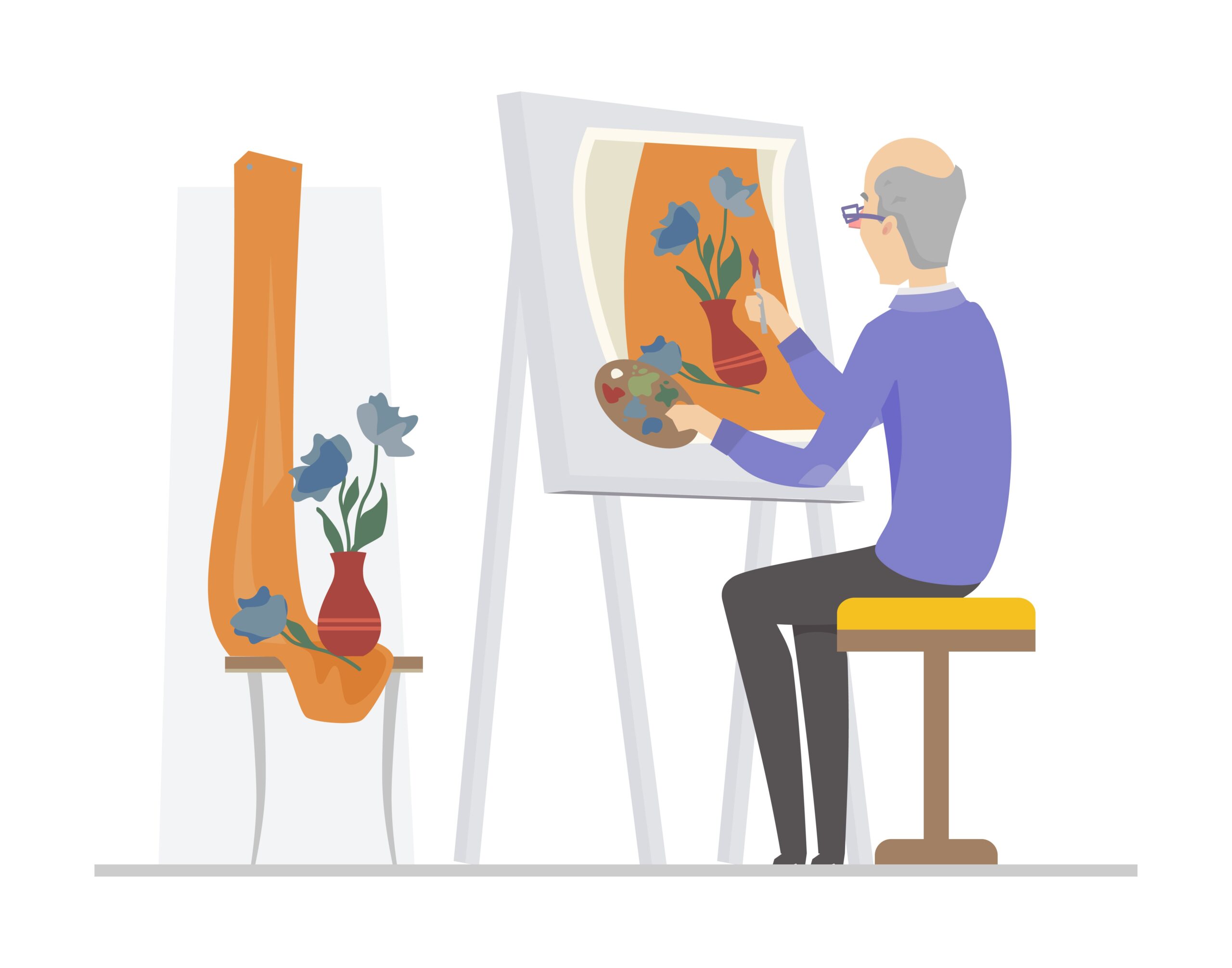Reminiscence Therapy
Memory and Emotional Well-Being
To remember is to relive. At Vital Senior, we use Reminiscence Therapy as a tool to strengthen identity, stimulate affective memory and improve the emotional well-being of the elderly.

What do we work on in the workshop?
Photographs, Objects, Music and Stories: Activities with meaningful elements to reinforce identity and evoke valuable memories.
Affective Memory: Exercises designed to improve the emotional connection with personal history and lived experiences.
Creation of Biographies and Life Stories: Spaces to write, tell and share personal stories that strengthen self-esteem and self-perception.
Benefits of Reminiscence Therapy
Stimulates memory and cognitive capacity.
Reinforces identity and sense of belonging.
Improves self-esteem and emotional well-being.
It facilitates socialization and the exchange of experiences.
It provides a space for personal expression and recognition.
Memories that enhance well-being
📍 Modality: Presencial
📆 Duration: Session 1 hour and a half
📌 Location: Barcelona
💰 Price: 20€/person
📞 Contact us and discover how memory can be a source of happiness.
Reminiscence Therapy and Memory Stimulation Workshop (90 min)
1. Activation of Memories (30 min)
🔹 Welcome: Explanation of the importance of reminiscence.
🔹 Sensory Stimuli Exercise: Use of images, objects or music to evoke memories.
🔹 Association of Experiences: Reflection on key moments in life.
🛑 Rest (10 min) – Hydration and socialization.
2. Cognitive Stimulation and Emotional Expression (30 min)
🔹 Autobiographical Memory Games: Reconstruction of personal stories.
🔹 Group Storytelling: Sharing meaningful memories.
🔹 Emotional Link: Connection between past and present.
🛑 Rest (10 min) – Relaxation with music.
3. Reflection and Emotional Well-being (30 min)
🔹 Open Dialogue: Impact of memories on identity.
🔹 Gratitude Exercise: Recognition of positive moments.
🔹 Closing: Importance of reminiscence in daily well-being.
Reminiscence Therapy Programs
Musical Memories” Program
Objective: To stimulate memory and emotions through music.
Description:
This program is based on the relationship between music and autobiographical memories. Sessions are designed in which participants listen to meaningful songs from their youth and share their associated memories. Music therapy is used to enhance emotional well-being.
Activities:
- Creation of a personalized playlist with meaningful songs.
- Group listening to music with dynamic conversation about the associated memories.
- Singing and karaoke sessions with songs from different periods.
- Use of musical instruments to recreate sounds of youth.
Benefits:
✅ Stimulation of episodic memory.
✅ Reduction of stress and anxiety.
✅ Strengthening of the sense of identity.
Album of Memories” Program
Objective: To reinforce identity and self-esteem through the construction of a life book.
Description:
In this program, participants create a personal album with photographs, newspaper clippings, letters and stories about their lives. The narration of experiences and emotions is encouraged to consolidate the autobiographical memory.
Activities:
- Selection and organization of photographs and personal documents.
- Guided writing of significant memories with the help of family members and therapists.
- Creation of a life book with images and text.
- Final exhibition where each participant presents his or her album to the group.
Benefits:
✅ Improved self-esteem and personal identity.
✅ Promotion of communication with relatives and caregivers.
✅ Stimulation of long-term memory.
Sensory Reminiscence” Program
Objective: To reactivate memories through the senses (smell, touch, taste, sight and hearing).
Description:
This program uses sensory stimuli to evoke memories in the elderly, especially those with cognitive impairment. It works with aromas, textures, tastes and sounds that refer to past experiences.
Activities:
- Use of essential oils and familiar scents (freshly baked bread, coffee, old perfumes).
- Touch of different materials (wood, wool, metal) associated with everyday life experiences.
- Tasting of typical foods from childhood or youth.
- Observation of historical objects and old photographs.
Benefits:
✅ Increased emotional connection to memories.
✅ Cognitive stimulation through multisensory experiences.
✅ Improved social interaction and communication.




Socialización y Vínculos Afectivos